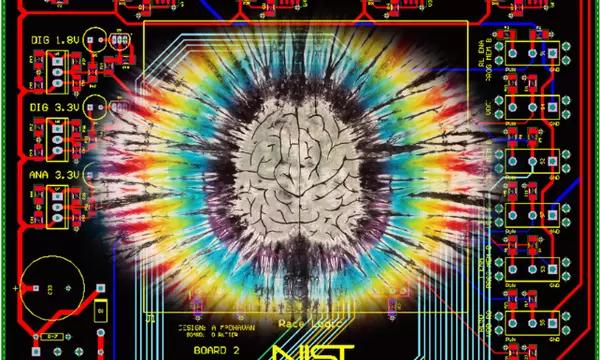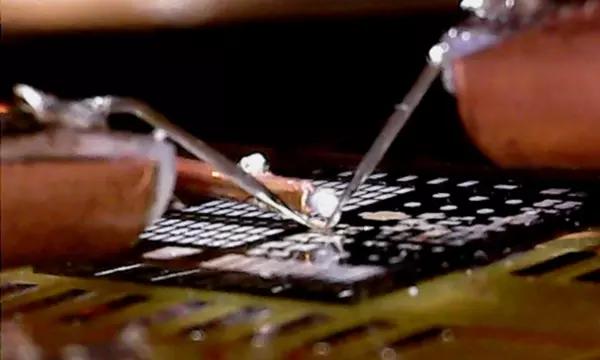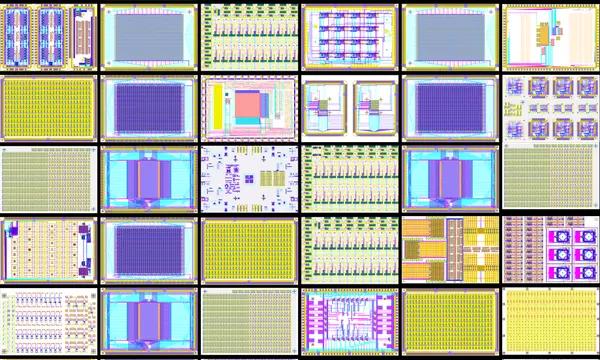The Alternative Computing Group conducts wide ranging, cross-disciplinary research focusing on innovative measurement science in nanotechnology with an emphasis on applications in future electronics and information processing. The Group’s current expertise includes measurements and theory for emerging neuromorphic devices and architectures, theory of magnetism and electronic structure, laser-based atom manipulation, and magnetic resonance spectroscopy. These capabilities are put to use in research programs that support development of new paradigms in nanoelectronics and computing, examining such areas as resistive switching-based neuromorphic processing, spintronic and other nanomagnetic devices, focused ion beam imaging and fabrication, and device metrology including atomic scale defect detection.
News and Updates
Projects and Programs
Publications
Awards
Press Coverage
Contacts
Group Leader
-
(301) 975-3721














